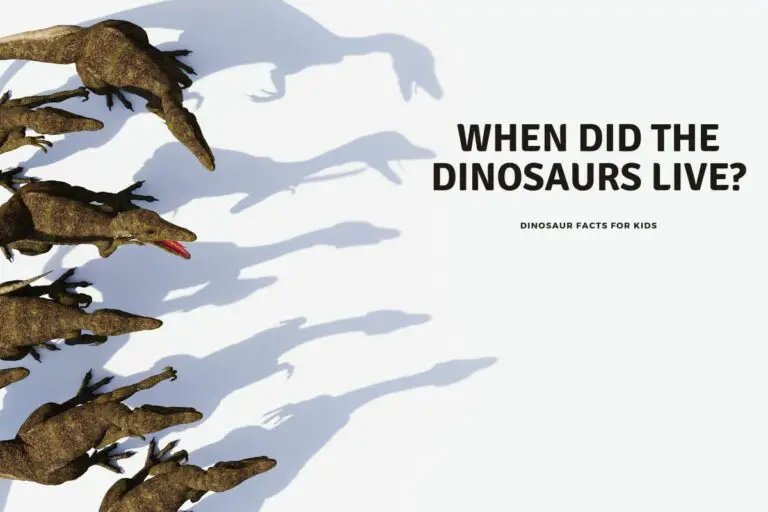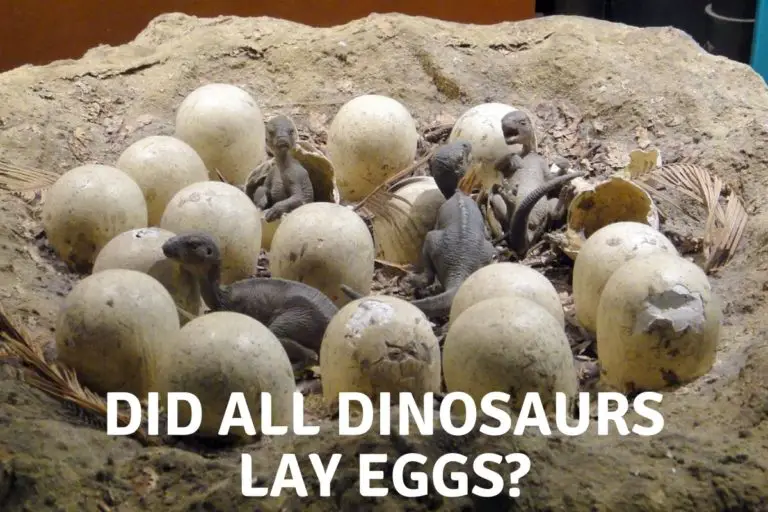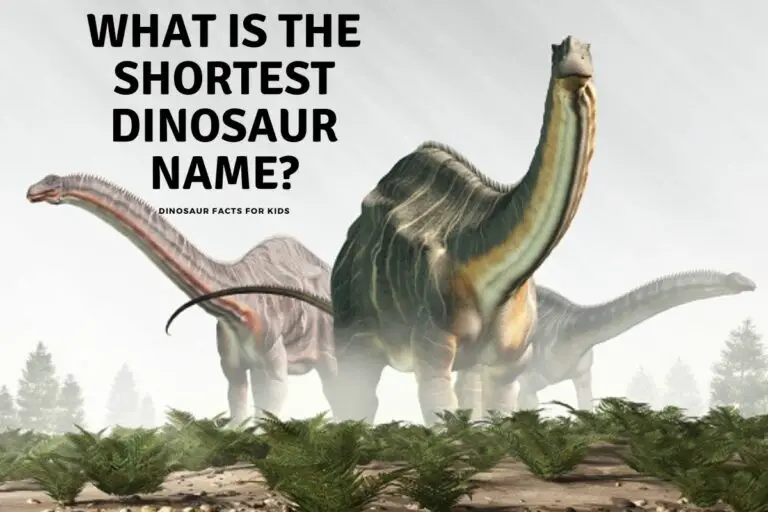How Realistic Was the Shark in The Meg Movie?
:
The Meg, a 2018 science fiction thriller was a welcome return of the high budget creature feature especially shark movies which have suffered from a glut of low budget B-movies in the last decade.
The film follows a team of scientists as they try to stop this colossal megalodon from wreaking havoc on the modern world. While the movie captivated audiences with its thrilling action sequences and was very popular, it also raised questions about how accurately the Megalodon was depicted. Was Megalodon really that big?
In this article, we will take a closer look at the realism of the shark’s appearance and portrayal in the film – The Meg. We will explore the differences between the real-life Megalodon and the on screen shark, its appearance and behavior, and discuss the role of scientific accuracy in the movie.
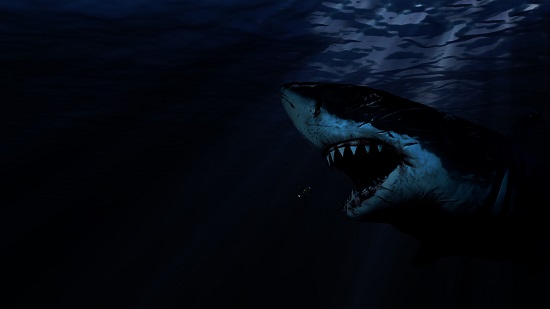
The Megalodon: Fact vs. Fiction
The Megalodon (Carcharocles megalodon) was a massive prehistoric shark that lived approximately 23 to 3.6 million years ago during the Miocene and Pliocene time periods – maybe a little later depending which sources you use but certainly as of this moment it is extinct. (we have more on how and why Megalodon is extinct here)
The Real Megalodon
Megalodon was one of the largest and most powerful predators to ever exist, the Megalodon is believed to have reached lengths of up to 18 meters (59 feet) and weighed between 50,000 to 60,000 kg (110,000 to 132,000 lbs.). Although females were thought to reach this at the top estimates, males are thought to have been between 30 – 40 feet in length. Considerably smaller.
This gigantic shark is thought to have been the apex predator of its time, feeding on whales, seals, and other large marine animals with its huge bite force and 6 inch long serrated teeth.
Comparison of ‘The Megs” Megalodon to its real-life counterpart
We go through some of the similarities in the section below and at the end have a table for easier reading if you want to skip ahead.
Differences in size and appearance
In The Meg, the shark is depicted as being considerably larger than the estimates of its real-life counterpart. The movie’s Megalodon measures an astounding 23 meters (75 feet) in length, making it even more imposing than the already colossal prehistoric shark. This follows the Novels with the shark being upwards of 70 feet in length in all Novels. ( it is a female)
Additionally, while the real Megalodon is thought to have had a similar appearance to modern-day great white sharks and more recently mako sharks, the film’s Megalodon features a slightly exaggerated design, with a more menacing look and a bulkier build. However within reason a shark is a shark is a shark and the movie certainly makes no mistake there.
NOTE: There are currently two schools of thought around the build of Megalodon, one school suggests it as a bulky Great White, and more recently it has been suggested it would have been more like a Short Fin Mako and more agile and fast than it would be as a great White look-a-like. The Smithsonian has an article on this here.
Physical similarities
Despite the exaggerated size and features of the movie’s Megalodon, the design of the shark is grounded in some aspects of real-life shark anatomy. The Megalodon’s overall body shape and structure, including its dorsal and pectoral fins, closely resemble that of modern-day great white sharks.
This similarity is based on the scientific consensus that the Megalodon likely had a pretty comparable physical appearance to its smaller relatives alive today be they Great White or Mako sharks. ( see above)
Teeth and bite force
The Meg also pays attention to the detail of the shark’s teeth, recreating the distinct, serrated, and triangular shaped characteristic of Megalodon fossil teeth we have today, there is one right in front of me as a write this! ( yeah i included a – not very good – picture to prove that! )
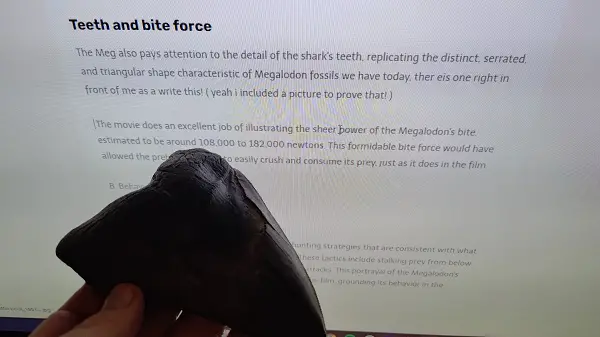
Those teeth while being up to 7 inch in size, are much more commonly 5 inches and below indicating that although a MEG could grow to 50 feet plus, it was much more common to be under this. Teeth do maketh the shark for the most part and bigger teeth does mean a bigger shark.
The movie does an excellent job of illustrating the sheer power of the Megalodon’s bite, estimated to be around 40,000 psi. especially in the scene where is dispatches the baby whale, and attacks the glass in the underwater station.
This is based on scientific estimates using fossil evidence. This powerful bite was used to hunt large marine life like baleen whales and marine reptiles.. This huge bite force would have allowed the prehistoric shark to easily crush and consume its prey, just as it does in the film.
However as a scare tactic we are not so sure it makes a difference, if a dog bites you it hurts, a Meg bite would probably be so powerful you wouldn’t even feel it. ( and no we don’t mean you would get off Scott free – it jsut might not actually hurt as much.
Behavior and hunting strategies
The Meg depicts the shark employing various hunting strategies that are consistent with what is known about the behavior of real-life sharks. These tactics include stalking prey from below and using its speed and power to launch surprise attacks as well as attacking to wound and even cannibalism when the female eats the male megalodon.
This portrayal of the Megalodon’s predatory instincts adds an element of realism to the film, although as the YouTube Channel cinema sins states not sure if it would turn away from an easier meal for the sound of a whale!
Sharks don’t hate people
The movie does take some liberties with the Megalodon’s behavior, portraying it as unusually aggressive and vengeful towards humans. Although as literally every shark movie, megalodon or not, does exactly this we can give it some leeway.
it would not be much of a movie if the shark appeared ate one person and then jsut swam off to live its days without bothering anyone again.
To be clear there is no evidence to suggest that the Megalodon, or any shark for that matter, would actively seek out human targets or exhibit such vindictive behavior. We just aren’t fat enough ( I take solace in that).
Inaccuracies in habitat and time period
The Meg presents a scenario in which the Megalodon has survived into the present day, lurking in the depths of the Marianas Trench. In reality, the Megalodon went extinct approximately 3.6 million years ago, likely due to a combination of factors such as climate change, a decline in food sources, and competition with other large predators like actual great white shark.
The movie’s portrayal of the Megalodon as a living, present-day creature is purely speculative and not grounded in scientific evidence. for may reasons including
- Megalodons lived in warm water, where we have found most of their fossil teeth. One of the reasons they went extinct is thought to be because the oceans cooled. Living in the Mariana trench that is only a few degrees above feeling is not possible. Even if there is a layer that warms up the low oxygen would not be suitable for them to live.
- While there is life in the deep oceans, like sperm whales and giant squid it is unlikely they are widespread enough to sustain a massive shark!
- There’s is no evidence of megalodon being alive, and with the rate it used up teeth there surely would be.
We have put these and some other similarities and differences into the table below to make them clearer.
Table 1: Similarities between the MEG and the real Megalodon.
| Factor | The Meg: Megalodon | Real Megalodon |
|---|---|---|
| Length | Up to 25 meters (82 feet) | 15-18 meters (49-59 feet) |
| Weight | Unknown, likely exaggerated | 50,000-60,000 kg (110,000-132,000 lbs.) |
| Behavior | Aggressive and territorial | Predatory, but behavior is still debated as its extinct. |
| Survival in the Mariana Trench | Capable of surviving and thriving in the Marina Trench. | Unlikely, as it preferred warmer, shallower waters |
| Build | Exaggerated size and menacing appearance | Robust, but more streamlined |
| Diet | Known to attack humans and large marine animals | Primarily large marine mammals and fish |
| Speed | Faster than actual megalodon | Estimated at 11 mph (18 km/h) |
As a note it is essential to recognize the distinctions between the film’s portrayal and the actual prehistoric creature, for all movies about actually animals (living or extinct) as well as the importance of understanding the line between fact and fiction in cinematic representations of extinct animals.
While movies are entertainment sometimes that line can become blurred – especially when the animal is portrayed really well like in the Jurassic park franchise, The MEG, and other large budget productions.
there is an acronym that fits here – DYOR – Do your own research, which if you do that will have brought you here!
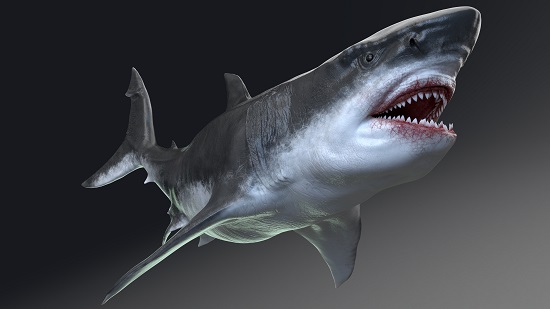
Other Megalodon Movies
While there may not be as many Megalodon-centric films as those featuring other popular prehistoric creatures, or lets face it sharks!, but there have been a few movies that focus on or include the massive prehistoric shark.
Here’s a list of five Megalodon-related movies: We also have an article covered this in more detail here and on the link below.
- The Meg (2018) – The most well-known Megalodon movie, starring Jason Statham as a deep sea diver who comes up against a Meg or two!
- The Meg 2: The Trench (2023) – a sequel to the above movie and no details on its plot at the time of writing. – may include Kronosaurus though! trailer is here.
- The Black Demon (2023). Another big budget movie based on the Megalodon shark, released in 2023 and using the Mexican monster shark legend of the Black Demon as its plot point.
- Megalodon (2004) – A made-for-TV movie about an oil rig crew that encounters a Megalodon in the deep sea.
- Megalodon Rising (2021) – A recently released film featuring a group of navy soldiers facing off against a Megalodon.
Conclusion
Keep in mind that the movie Megalodon was of course designed to be more dramatic and fearsome than its real-life counterpart. ( which was plenty scary enough in our opinion – but at Dr Henry Wu stated, bigger, scarier cooler!)
So while the movie certainly did a better job of portraying a megalodon than many *MANY* other shark movies have done, it did make it about 20 feet bigger, probably quite a bit fatter, and with a distinct dislike of humans that it probably wouldn’t have had!
References
- https://ocean.si.edu/ocean-life/sharks-rays/megalodon#:
- https://metro.co.uk/2020/10/05/the-meg-was-real-and-it-was-absolutely-massive-scientists-say-13371467/
- https://screenrant.com/meg-movie-accurate-megalodon-real/
- https://www.youtube.com/watch?v=39o2ENvD5wE
Hi, I am Roy Ford a General Studies and English Teacher who has taught all over the world. What started as a fossil collection became a great way to teach, motivate and inspire students of all ages and all over the world about dinosaurs and from that and children’s love of dinosaurs came the site dinosaur facts for kids, a resource for all ages.

